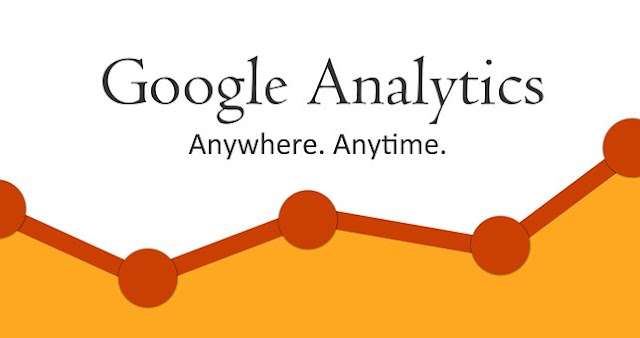Where? Should we put the Google Analytic code on the website?

Hello, guys, while I am pleased in these industries for more than four years, I received a question and a comment from the client-side, also from some of my friends, who are designers and developers, where to place exactly the Google Analytical Code. First, let me briefly explain what Google Analytics is. Google Analytics is a tool provided by Google for free; Help the website owner or SEO optimizers or professionals track the overall performance of your website in terms of traffic Below are some of the key features of GA - Google Analytic: Track the number of visitors to your website. Track the location of visitors. Track the keywords that visitors have used. Track the length of time they spent on your site. Set a goal. Bounce rate tracking. Segments available. You can filter your traffic. Many mor...

